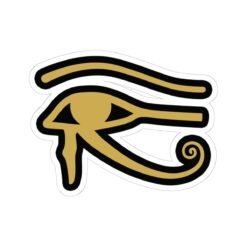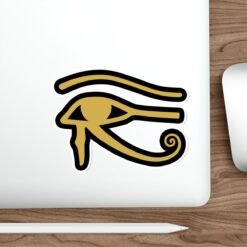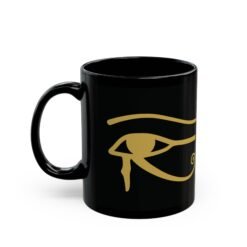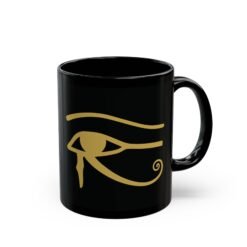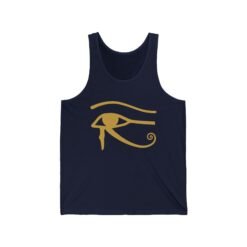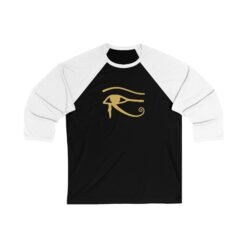Ancient Egyptian Culture, History and Culture, History and Mythology, Mythology and Culture, Mythology and Healing, Mythology and History
The Eye as a Fraction: A Historical Meme of Ancient Egypt
Introduction to the Eye as a Symbol
The eye has long served as a potent symbol across various cultures, capturing the imagination and curiosity of many. In ancient Egypt, the eye took on a singular significance, transcending its role as a mere anatomical structure to embody deeper mathematical concepts and spiritual meanings. The Eye of Horus, in particular, was emblematic of protection, royal power, and good health, illustrating the way in which physical forms can encapsulate abstract ideas.
This symbol, often depicted in protective amulets and hieroglyphics, represented not only the literal eye but also a broader idea of wholeness and unity through its fractional elements. Each section of the Eye of Horus corresponds to specific fractions, making it a mathematical symbol as much as a spiritual one. The symbolism found in the eye thus illustrates a sophisticated understanding of parts creating a cohesive whole, a concept that would influence various philosophies and mathematical interpretations around the world.
The significance of the eye as a fraction extends its relevance beyond ancient Egypt, resonating through time to contemporary contexts. This historical meme encapsulates the idea of interconnectedness, where individual components relate to a greater significance. Scholars and artists alike have drawn inspiration from this ancient symbol, showcasing how the eye can be construed as a lens through which we explore themes of identity, perception, and mathematical representation. As we delve into the various interpretations of the eye throughout history, it becomes clear that this ancient Egyptian symbol was not merely an image; it was an invitation to understand complexity and simplicity in tandem, reflecting the intricate balance between the components of life and their collective essence.
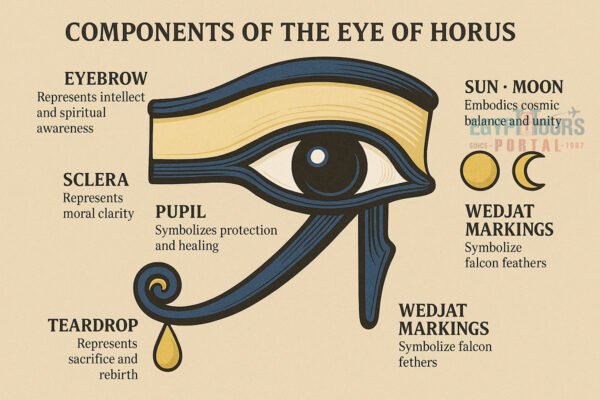
The Mythology of the Eye in Ancient Egypt
The Eye of Horus, also known as the Wedjat, holds significant importance within ancient Egyptian mythology. This emblematic symbol originated from the myth of the sky god Horus, who lost his eye in a fierce battle against his uncle, Seth. The loss of his eye was not merely a physical injury but rather a representation of loss and sacrifice in the quest for justice and order. As the tale unfolds, divine healing led to the restoration of his eye, transforming it into a symbol of protection, healing, and illumination.
In ancient Egyptian society, the Eye of Horus was not only a powerful emblem for individuals but also served as a talismanic object intended to provide protection against malevolent forces. Frequently utilized in amulets, the Eye of Horus shielded its wearer from harm and ensured a prosperous life. The symbolism extended beyond mere protection, as it was closely associated with concepts of royal power. Pharaohs adopted the Eye of Horus as a representation of their divine authority and responsibility towards their people, emphasizing the connection between royal power and the divine.
The Eye also symbolizes health and well-being, representing the completeness and interconnectedness of various aspects of life. In a society deeply concerned with the afterlife, the Eye of Horus was believed to have the power to expunge negativity and facilitate the journey into the afterlife. Additionally, it often appeared in funerary contexts, accompanying the deceased to ensure safe passage and nourishment in the next life. Thus, within ancient Egyptian culture, the Eye of Horus encapsulated profound significance, signifying protection, royal power, and the perpetual cycle of life and death.
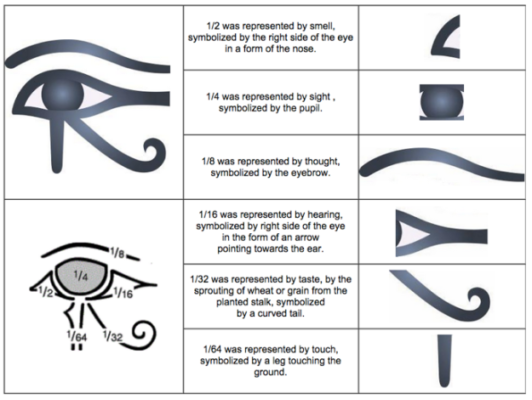
Fractions and the Eye: How They Connected
The Eye of Horus, an emblematic symbol in ancient Egyptian mythology, remarkably served a dual purpose: it was not only a powerful protective talisman but also a vital component in the realm of mathematics. This iconic representation is intrinsically linked to fractions, demonstrating the ancient Egyptians’ advanced numerical understanding. In their mathematical context, the various segments of the Eye of Horus represent distinct fractions, each meticulously defined to facilitate practical calculations in everyday life as well as in their religious practices.
These fractions were not merely theoretical constructs; they were employed in various practical applications, such as trade, architecture, and astronomy. The rudimentary fractions derived from the Eye of Horus facilitated everyday transactions and measurements, creating a standardized approach to commerce among the Egyptians. Additionally, in sacred contexts, numerology played a vital role whereby the fractions symbolized concepts such as balance, harmony, and the unity of universal laws.
Thus, the Eye of Horus transcended its initial purpose as an idiomatic symbol, evolving into a mathematical cornerstone within Egyptian society. Its integration into the numerical fabric of ancient Egypt illustrates a deep philosophical and practical understanding of fractions, reinforcing the imperative role mathematics played in their culture and daily lives. Ultimately, the intricate relationship between the Eye and fractions signifies an innovative approach to numerical representation, reflecting the intellectual legacy of ancient Egyptians in the annals of history.

The Language Connection: Fractional Grammar
The ancient Egyptian civilization is renowned for its advanced language and writing system, which intricately linked symbols to abstract concepts, including mathematical fractions. The eye symbol, often recognized as the Eye of Horus, held significant meaning in Egyptian culture and served as a remarkable illustration of how symbols could transcend mere representation to become fundamental components of grammatical structures.
In Egyptian hieroglyphs, the Eye of Horus symbolically represented not only vision and protection but also concepts of wholeness and division. When linked to fractions, the eye was utilized in various contexts, reflecting the Egyptians’ understanding of mathematics through their language. Each component of the eye graphically symbolized a physical aspect—such as the eye’s parts corresponding to specific values in their fractional system—enabling the expression of numerical relationships within everyday communication.
The progressive evolution of this symbol within the visual language of ancient Egypt highlights a larger trend across cultures where objects and images develop meanings extending beyond their initial representation. By integrating the eye into their communicative expressions, the Egyptians successfully created a bridge between visual art and language. This allowed them to convey complex mathematical ideas using a combined visual and linguistic approach.
As language evolved, the use of symbolic representation in grammar became more nuanced. The eye’s frequent association with concepts of balance and fraction suggests a sophisticated understanding of both language structure and mathematical principles. The intersection of the eye symbol and grammar exemplifies how the ancient Egyptians utilized their rich symbolic lexicon to articulate complex ideas about division, unity, and their worldview, ultimately enriching their linguistic legacy.
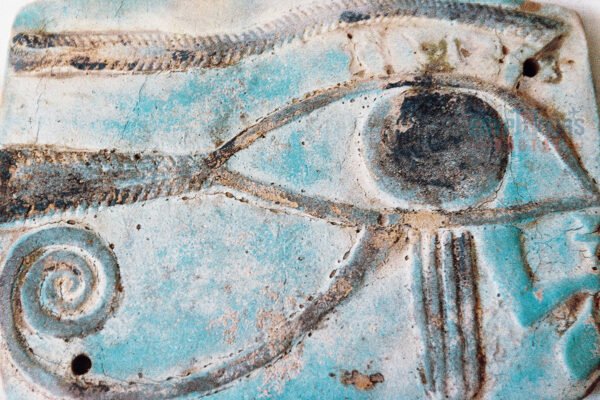
The Eye as a Meme: Evolution Through History
The eye symbol, particularly its representation in ancient Egyptian culture, has undergone a significant evolutionary journey from a solemn mathematical and cultural emblem to a lighthearted meme prevalent in today’s digital landscape. In ancient Egypt, the Eye of Horus was an essential symbol associated with protection, royal power, and health. This iconic depiction was not only a spiritual symbol but also served a mathematical purpose, representing fractions and calculations, particularly in relation to the number system used by the Egyptians. Its importance in both religious and administrative contexts embedded the eye deeply into the daily lives and beliefs of the society.
As time progressed, the eye symbol began to appear in various cultures, each adapting its meaning to fit their societal narratives. In the Greco-Roman world, for instance, the eye acquired a more philosophical significance, symbolizing knowledge and perception. Similarly, in other cultures, it represented the omnipresence of the divine, showcasing the adaptability of this simple yet profound symbol across different belief systems. However, it is in the modern era that the eye underwent a notable transformation. With the advent of the internet and social media, its evolution took a playful turn, transforming from a significant emblem into a visually compelling meme. This metamorphosis reflects a broader trend of simplifying complex historical symbols into relatable and shareable images.
The contemporary usage of the eye symbol as a meme speaks volumes about the cultural interplay of the past and present. It exhibits how ancient symbols can be repurposed to create humor, convey messages, or even comment on societal issues in a contemporary context. Today, the eye has become a versatile element in various memes, often used to express a sense of humor about observation, enlightenment, or awareness in a rapidly changing digital landscape. Thus, the evolution of the eye symbol illustrates the fluidity of meaning and the dynamic relationship between history and modernity.
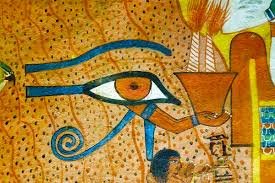
Contemporary Interpretation of the Eye Meme
The Eye as a fraction, a motif steeped in the rich symbolism of ancient Egypt, has found a renewed resonance in contemporary culture, particularly in the realm of social media and digital meme culture. This emblem, historically associated with protection, good health, and royalty, is being interpreted through a modern lens, often characterized by humor and irony. The convergence of the Eye’s profound historical context with contemporary silliness has spurred a diverse array of memes that capture the attention of audiences worldwide.
In recent years, various social media platforms have witnessed an upsurge in memes featuring the Eye as a fraction, utilizing its potent symbolism to convey a plethora of messages. One prevalent interpretation involves juxtaposing the Eye against humorous or absurd scenarios that challenge contemporary societal norms or pokes fun at everyday experiences. These memes often adopt a playful tone, encouraging a light-hearted engagement with viewers, while still referencing the original significance of the symbol.
Social media’s role in this resurgence cannot be overstated, as platforms like Instagram, Twitter, and TikTok provide fertile ground for the dissemination and evolution of meme culture. Users are not only creating memes but also engaging in discussions about their historical roots, fostering a deeper appreciation for the nuances of the Eye as a cultural artifact. This interplay of history and humor encourages a unique dialogue, inviting users to explore the significance of the Eye while enjoying its contemporary reinterpretations.
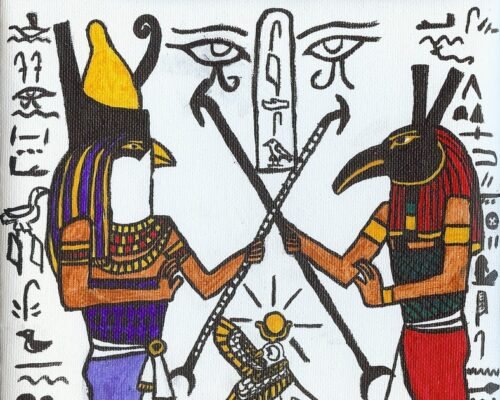
Symbolism and Its Societal Impact
The utilization of symbols such as the eye in ancient Egyptian culture carries profound implications that extend far beyond mere artistic representation. Throughout history, these symbols have served as vessels of cultural knowledge, inferring a deeper connection between humanity and the cosmos. The eye, interpreted as a representation of protection, power, and insight, reflects significant societal values that contributed to the civilization’s identity.
The evolution of such symbols over time mirrors the shifting attitudes towards knowledge and mathematics in ancient societies. For the Egyptians, the eye was not simply a literal depiction but a complex metaphorical construct that encapsulated their understanding of the world. This incorporation of symbols into everyday life cultivates a collective identity, allowing individuals to connect with their heritage and each other through shared meanings. As societies evolve, the symbolic interpretations can shift, adapting to new cultural contexts and understandings.
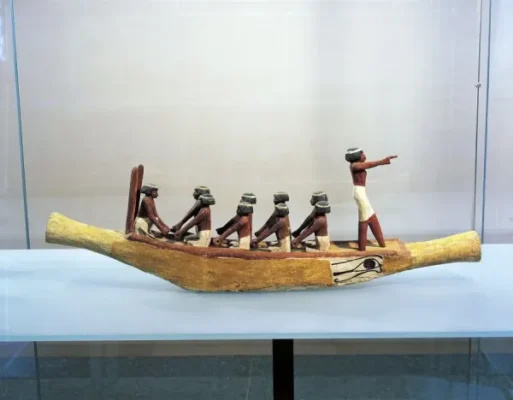
Lessons from the Eye Fraction Meme
The story of the eye as a fraction, an integral part of Ancient Egyptian culture, offers several insightful lessons that resonate within modern contexts. One of the most significant lessons revolves around the importance of recognizing historical symbols and their interpretations. The eye fraction serves as a reminder of how ancient societies often utilized symbols to convey complex ideas, a practice that persists in contemporary communication. By analyzing such symbols, we gain a richer understanding of their historical contexts and contemporary applications.
Moreover, the eye fraction illustrates the interplay between depth and breadth in meanings derived from symbols. In Ancient Egypt, the eye was not merely a visual representation but contained layers of significance, indicating protection, health, and divine oversight. This multi-dimensional aspect underscores the need for a nuanced approach when engaging with symbols in various forms of communication today. Recognizing the deeper meanings behind symbols can enhance our exchanges and foster more profound connections among individuals and communities.
Additionally, the playful approach to learning embodied in the interpretation of the eye fraction highlights the value of creativity in education. By integrating historical symbols into learning experiences, we encourage critical thinking and engagement from learners. Such methods not only make the learning process enjoyable but also instill respect for historical legacies and their influences on contemporary thought. The eye as a fraction thus serves as an educational tool that fosters curiosity and paves the way for more engaging discussions about the symbology in our world.
Ultimately, the eye fraction meme teaches us the necessity of reflection on our historical narratives, reminding us that our past informs our present. Engaging with these historical elements promotes appreciation for the evolution of communication, which can enrich both personal and collective understanding of diverse cultures and their legacies.
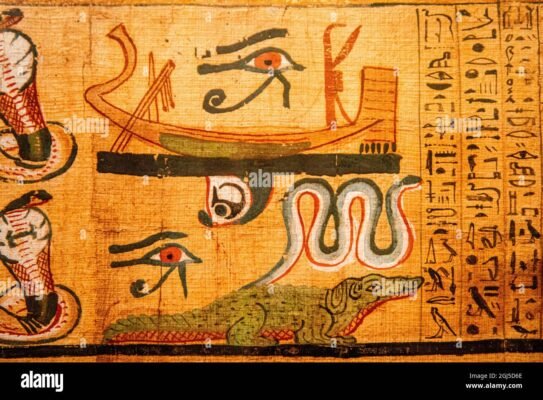
Conclusion: The Eye as a Timeless Symbol
The journey of the eye symbol, tracing back to ancient Egypt, reveals an extraordinary narrative intertwined with cultural significance, mathematical interpretations, and modern reinterpretations. This symbol, often referred to as the Eye of Horus, encapsulates themes of protection, health, and wholeness, representing an important aspect of ancient Egyptian mythology. Over centuries, it has transcended its original context, adapting to various interpretations and serving as a vessel of meaning that resonates across different cultures.
In contemporary society, the eye has effectively made its way into the realm of memes, showcasing its flexibility as a symbol. Its applications range from representations of watchfulness to metaphorical illustrations of insight and perception. This adaptability demonstrates the eye’s enduring relevance, as it survives in a digital landscape characterized by rapid change and instant communication. By analyzing its evolution, we acknowledge the continuity of cultural motifs, emphasizing their role in shaping collective consciousness.
As we delve deeper into the symbolic language surrounding us, it becomes evident that our historical heritage is rich and layered. The eye serves not only as a reminder of its past significance but also as an invitation to explore the interconnectedness of ideas and expressions that have persisted through time. By appreciating such symbols, we can better understand how our ancestors perceived the world and how they continue to influence modern interpretations and societal expressions.
Ultimately, the eye remains a powerful emblem, inviting individuals to reflect on their cultural roots while navigating the complexities of contemporary life. Its timelessness ensures that it will continue to inspire and resonate with future generations, solidifying its place in both history and modern symbolism.
Art and Artists
Indoor Stickers
Art and Artists





